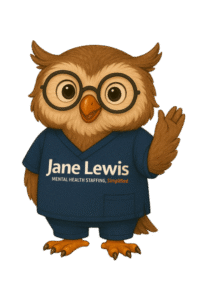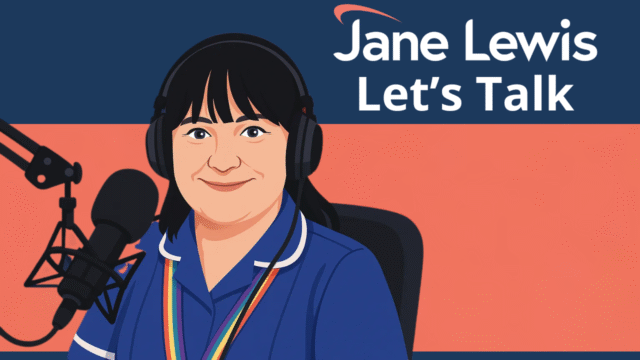At Jane Lewis, we believe that honest conversations around mental health can make all the difference. That’s why, throughout May, we launched our Mental Health Myth Busting campaign across our social media – encouraging our staff and wider community to challenge the misconceptions that still surround mental wellbeing.
So, what is mental health?
Mental health encompasses our emotional, psychological and social wellbeing. It affects how we think, feel and act, and influences how we handle stress, relate to others, and make decisions.
Good mental health isn’t simply the absence of a condition – it’s about being able to navigate life’s ups and downs, build relationships, and maintain a sense of balance. Just like physical health, our mental health can fluctuate, and that’s completely normal.
Myths from the frontline: What our staff had to say
Our myth-busting campaign wouldn’t have been possible without the insights from our brilliant team. Here are some of the most common misconceptions they’ve encountered – along with the truth behind each one:

Myth: Mental health problems are really rare and only affect a small number of individuals.
Truth: Mental health issues are very common. According to the World Health Organisation, 1 in 4 people will experience a mental or neurological disorder at some point in their lives.
Submitted by Taiwo Mary Opii – Healthcare Assistant

Myth: Mental health problems can be identified by appearance or behaviour.
Truth: Mental health issues are very common. According to the World Health Organisation, 1 in 4 people will experience a mental or neurological disorder at some point in their lives.
Submitted by Steve Cottrell – Registered Mental Health Nurse

Myth: Only certain people can experience mental health issues.
Truth: Mental health can affect anyone – regardless of age, background, profession or lifestyle. Support is something we all deserve
Submitted by Yetunde Fawole – Registered General Nurse

Myth: You only need to take care of your mental health if you have a diagnosed condition.
Truth: Looking after your mental wellbeing should be a part of everyday life. It’s not about waiting for a diagnosis – it’s about caring for yourself daily.
Submitted by Rasheed Ekundayo – Healthcare Assistant
Why Do These Myths Still Exist?
Many of these myths continue to circulate because mental health isn’t always visible. Unlike a broken bone or a cold, the symptoms of poor mental health can be harder to recognise – and even harder to talk about. Stigma, fear of judgment, and lack of education often prevent people from opening up or seeking help.
Misconceptions can also stem from outdated beliefs or a lack of personal experience, which is why campaigns like this are so important. The more we talk, the more we learn – and the more understanding we can create.
What Can We Do to Change This?
Challenging stigma starts with education, empathy, and honest conversations. Here’s what we can all do:
- Check in with those around us – even if they seem “okay”
- Speak openly about mental health in our workplaces and communities
- Share helpful resources and encourage self-care
- Promote supportive environments where no one feels alone
Small actions really do make a big difference. Whether it’s listening without judgment or helping someone access professional support, we all have a role to play.
Want to Hear More?
Tune into our podcast episode, “Jane Lewis Let’s Talk: Mental Health Myth Busting,” where we’re joined by Lesley Parker, our Head of Business Support and Mental Health First Aider. We explore what mental health really means, how to break down some more myths, and the importance of support in the workplace.




